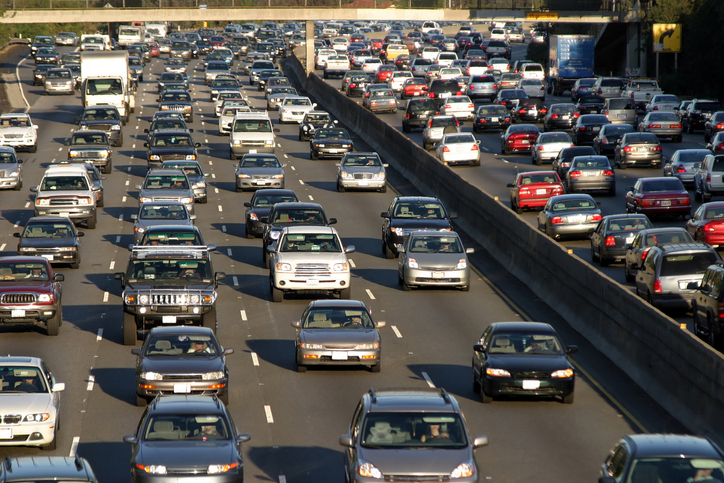By Tom Elias
California government bureaucrats call it the “Advanced Clean Car II Rule,” last August’s update to the state’s prior edict mandating that all new cars sold here be all-electric or plug-in hybrids by 2035. Between now and then, other benchmarks are also set, starting with 35 percent of new cars sold being EVs starting in 2026, just three years from today.
Since the rule passed, it’s been a theme for folks who like to bash California, from Texas to Florida to Ohio. They call it just one more unrealistic regulation making California a very tough place for businesses to operate.
But it might not happen. And not merely because of doubts about the state’s electric grid capacity to handle all that extra demand.
With little fanfare, more than a dozen Republican state attorneys general just the other day filed a new court document claiming California’s move and the federal law that enabled it are unconstitutional.
The top government lawyers from Texas, Ohio, West Virginia and others claim in their lawsuit that the waiver in the 1970 Clean Air Act giving California the right to regulate smog emissions from cars sold here “puts it on an uneven playing field compared to other states in violation of the interstate commerce clause of the Constitution,” also giving this state unique power to regulate global climate change.
The Clean Air Act waiver, first signed by then-Republican President Richard Nixon and later renewed by every president except Donald Trump, has been the authority behind many edicts from the California Air Resources Board. Those rulings, starting in the early ‘70s, led to innovations like early smog control devices, catalytic converters, hybrid cars, hydrogen cars, EVs and plug-ins.
Each move was protested at first by almost all automakers as either impossible or prohibitively expensive, but all have turned out fine.
The California rules carry extra clout that infuriates officials of some other states for two reasons: 1) the California car market is so large that manufacturers who want to sell nationwide figure it’s cheaper to make all their cars conform to California rules than to build different models for different places, and 2) 16 other states and the District of Columbia now automatically adopt California’s automotive rules five years after they become effective here. Those states make up 40 percent of the American vehicle market.
None of that will last if the Republican attorneys general get their way. They are working in the federal court of appeals for the District of Columbia, from which both judges and cases often eventually move up to the Supreme Court.
And the Supreme Court has been notably inconsistent on states’ rights since Trump’s three appointees provided it with a 6-3 conservative majority.
That court has consistently upheld the California waiver in the Clean Air Act, but never with its current membership, dominated by conservative Republicans.
So the survival of the waiver is not certain, despite the court’s putting abortion and other matters back under state jurisdiction. Not from a court whose majority justices took firearms policy out of state hands by making their preferences on carrying guns and other issues apply everywhere.
It’s uncertain whether, when this case inevitably reaches them next year or in 2024, the Trump-appointed justices will essentially validate his attempt to take away California’s unique authority, which has led to both millions of cleaner cars and much cleaner air nationwide.
For the waiver was originally granted by Nixon’s administration because of California’s unique geography, with many of its large cities, from Los Angeles to Sacramento to
Bakersfield and Fresno, sitting in basins where mountains or large ranges of hills hold smog in place for longer periods than in flatter environments, where any old wind can quickly blow it away.
That’s why air is often dirtier in those California cities than in places like Cincinnati and Seattle, Portland, New Orleans or New York.
Will the Supreme Court recognize that unique environments require unique tactics to retain their healthy environments? Or will the justices go along with states like West Virginia and Texas, which don’t mind smog so much because it doesn’t hang around very long.
At stake here is a continuation of the drop in diseases from lung cancer to emphysema that has paralleled the advent of cleaner cars and light trucks. No one can yet know whether the Supreme Court majority will heed any of that.
Email Thomas Elias at tdelias@aol.com. His book, “The Burzynski Breakthrough,” is now available in a soft cover fourth edition. For more Elias columns, visit www.californiafocus.net












